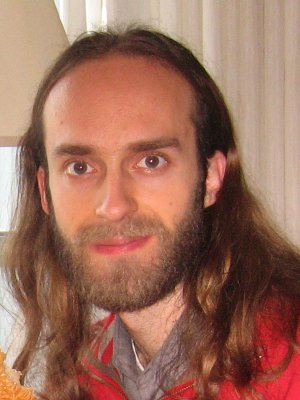Cited By
View all- Starke SStarke PHe NKomura TYe Y(2024)Categorical Codebook Matching for Embodied Character ControllersACM Transactions on Graphics10.1145/365820943:4(1-14)Online publication date: 19-Jul-2024
- Yang KZhou XTang XDiao RLiu HHe JFan ZGurrin CKongkachandra RSchoeffmann KDang-Nguyen DRossetto LSatoh SZhou L(2024)BeatDance: A Beat-Based Model-Agnostic Contrastive Learning Framework for Music-Dance RetrievalProceedings of the 2024 International Conference on Multimedia Retrieval10.1145/3652583.3658045(11-19)Online publication date: 30-May-2024
- Yang KTang XDiao RLiu HHe JFan ZGurrin CKongkachandra RSchoeffmann KDang-Nguyen DRossetto LSatoh SZhou L(2024)CoDancers: Music-Driven Coherent Group Dance Generation with Choreographic UnitProceedings of the 2024 International Conference on Multimedia Retrieval10.1145/3652583.3657998(675-683)Online publication date: 30-May-2024
- Show More Cited By


